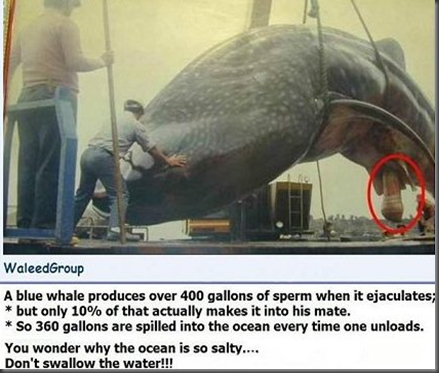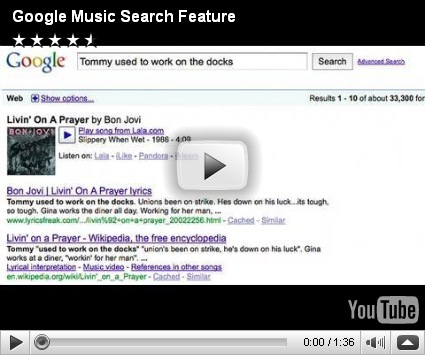Road conditions vary from city to city, but here are some universal facts: 169,278 hours and 120,127 gallons of gas are wasted by Americans in traffic each year; 81 percent of fatal car accidents happen on rural roads; and 32 percent of traffic fatalities involve drunk drivers. For commuters, traffic is invariably worst on Fridays from 5 to 6 pm and best on Mondays. With all of that said, here are the 10 trickiest pieces of pavement to negotiate in the nation. Avoid at all costs.
Los Angeles 101 to I-405 Interchange

Nowhere in the nation (except parking lots) do cars spend so much time bumper-to-bumper than at the juncture of the 101 and 405 freeways in Los Angeles, which link the east side of the city with the downtown area. The statistics alone are enough to provoke road rage: 318,000 drivers per day use this juncture, and they spend 72 hours of their lives stuck in traffic annually. The rush hour window here is a staggering five to eight hours per day, and during that time, you'll spend twice as long on the road as when it's traffic-free — which makes for the highest travel time index rating in the nation.
If your schedule is flexible, log on to www.sigalert.com for a personalized traffic report that includes e-mail updates on your route and a traffic-camera video feed.
Colorado 550, aka Million Dollar Highway, from Ouray to Silverton

This southern Colorado two-laner is all-around treacherous: As it climbs out of the former mining town of Ouray, the southern route S-curves through three San Juan Mountains passes (topping out at 11,018-foot Red Mountain Pass) with nary a guard rail or sliver of shoulder all the way to Silverton, 24 miles away. Fleets of road-hogging recreational vehicles routinely make this drive, giving you zero room for error, and late fall's wildlife migration and deer hunting season put thousands of deer and bighorn sheep on the move and crossing roadways unexpectedly.
Ice slickens 550's pavement as early as October. During winter passage it is even dicier: The Million Dollar Highway is directly in the path of a major avalanche zone, and in 1987 the road was buried by a slab avalanche. For current Colorado road conditions, visit Colorado's Department of Transportation at www.dot.state.co.us.
Atlanta's I-285 at I-85 Interchange, aka Spaghetti Junction

The hip-hop duo Outkast, Atlanta natives, named a song after this gnarly web of highway. The lyrics are foreboding: "Be careful where you roam cause you might not make it home. Don't you dare ever get lost cause you get caught up in that sauce." The junction is a five-level interchange (think clover leaf above clover leaf above clover leaf) with multiple ramps and smaller roads feeding into it. The American Highway Users Alliance gave Spaghetti Junction a grade of F, indicating that stop-and-go traffic prevails here most of the time, causing 133,000 hours of traffic delays each year.
The time to avoid Spaghetti Junction at all costs: in winter, when a combination of rain and freezing nighttime temps can turn the many ramps and overpasses into a labyrinthine ice skating rink, causing dozens of accidents and epic delays.
San Diego, I-5

All-you-can-drink specials at Tijuana bars attract hordes of SoCal residents each weekend — many of them San Diego college students and other minors who are lured the 15 miles across the border by Mexico's lower drinking age (18). Hence, the stretch of Interstate 5 leading north from Tijuana becomes a swerving, high-speed DUI minefield on weekend nights, and each year 10,000 to 15,000 people are arrested for driving while intoxicated in San Diego County.
Occasionally, all-night binges combine tragically with one of the most traffic-clogged early morning commuting routes in the country — both in San Diego and leading north through Orange County.
Chicago, Circle Interchange

When this highway interchange was originally built in downtown Chicago in the 1950s (linking I-94 and I-90 with I-290), the idea was that the complex of single-lane, circular on-ramps would slow the city's traffic to 25 miles per hour so that drivers could merge peacefully into six-lane highways. Fifty years later, as Chicago's population has blossomed to 2.8 million, the Circle Interchange has put a stranglehold on Windy City commuters, who endure an average of 90 minutes of traffic delays on it each week.
The Circle Interchange's prognosis is grim: This tangle of roads was built on a four-square-block plot of land, which makes improvements a civil engineering conundrum. Making matters worse is that I-290 is a traffic nightmare in its own right, moving at an average speed limit of 11 mph during rush hour.
Maine 1

"If you hit a moose and it falls through your windshield, you will be crushed," reads a warning on the Web site for northern Maine's Magic Pond Wildlife Sanctuary. Maine has one of the country's largest moose populations (an estimated 29,000), with the majority roaming the northern reaches of the state, which is laced with rural roads. The key problem is that moose eyes aren't reflected in headlights (i.e., you won't see them until it's too late).
And when you're driving two-lane roads such as Maine 1, which connects Bangor and Portland, there's often no shoulder, so the only way to avoid moose is to veer into oncoming traffic.
In fact, Maine has the highest fatality rate on rural roads of any state in the country (81 percent of fatal car wrecks are on back roads). In summertime, distractions include roadside blueberry stands, sightseeing tourists driving carelessly and drivers who are hitting highway speeds on tight, winding, former farm-to-market routes. To find Maine's safest rural roads, visit www.saferoadmaps.org.
New York, I-95, Cross-Bronx Expressway

The Cross Bronx, as it's known to New Yorkers, has the dubious distinction of occupying four of the five top slots in a 2008 study of the worst traffic bottlenecks in the nation. The study was conducted by researchers at INRIX, who analyzed 31,000 segments of road across the country. What plagues the Cross Bronx? It's part of the I-95 corridor flowing in and out of New York City, meaning all manner of vehicles barrel down it every day — tractor-trailers go tire-to-tire with commuters through some of the most densely populated portions of the country.
Nevada I-15

Most of you hop a plane if you're heading to the casinos of Las Vegas, but Californians and Nevadans hop into their cars. Nine million step on the gas for the drive through the desert to Vegas on Interstate 15 each year. In a five-year period, 173 lost their lives on I-15, and most of them were simply going too fast, whether in a rush to get there or while high-tailing it home after their luck ran out.
There's nothing tricky about the road itself, but the 125 miles of desert terrain with a gradual climb through a 4,000-foot pass southeast of Sin City seems to beckon speed demons, graffiti-covered buildings to the 1880s-era mining town of Calico (just over the border in California and accessed by following the Ghost Town Road exit and then paying the $6 admission fee). Worst time to drive it? Friday nights, of course.
Providence, Rhode Island, I-95 at the I-195 Interchange

The way Interstate 195 was built is both a blessing and a curse: In an effort at maximizing historic preservation, it follows routes that already existed in and around Providence when it was laid down in the 1950s (specifically, it traces a former hurricane barrier). But by circumventing historic sites and open spaces and not following a traditional Interstate design, safety was compromised. Short on- and off-ramps and sharp curves are conducive both to accidents and traffic jams.
Drivers spend an extra 18 minutes in their cars every time they venture into the I-195 interchange at I-95 — and a whopping 287,117 of them do it each day. As such, it's made it onto America Highways list of worst bottlenecks in the country.
Louisiana, I-10

Louisiana roads are still hurting in the aftermaths of Hurricanes Katrina and Rita. Much of the extreme damage (such as Louisiana 27, where sections were completely swept away) has been repaired. But less obvious problems, including the effects of water submersion on the roadbed of Interstate 10, which crosses the southern part of the state and passes through New Orleans, are still awaiting a fix. Road building in Louisiana has never been easy — the soft, swampy bayous don't take well to permanent structures, and pavement often buckles as the soil shifts.




















































